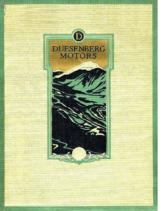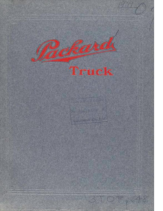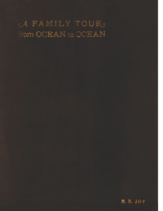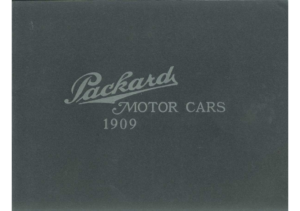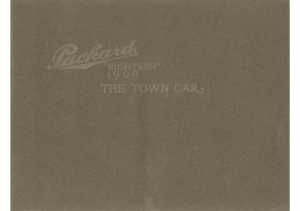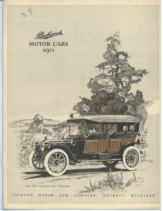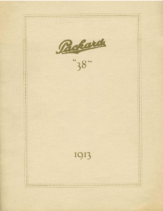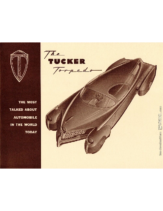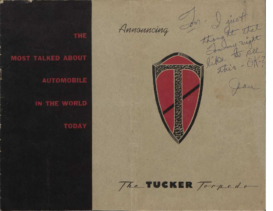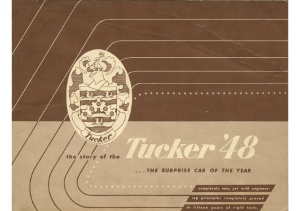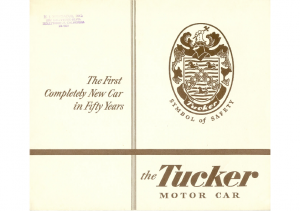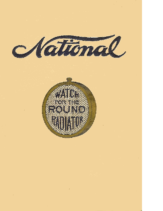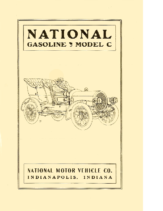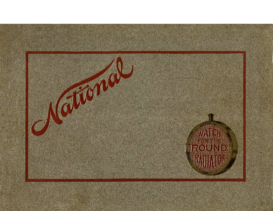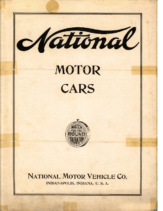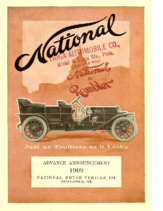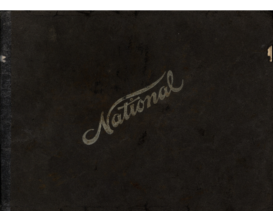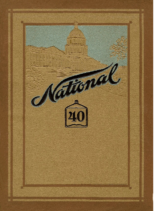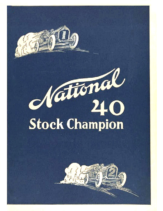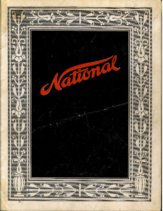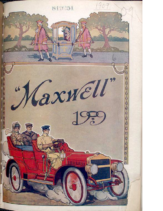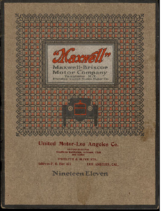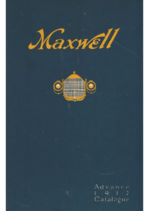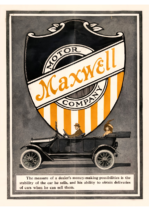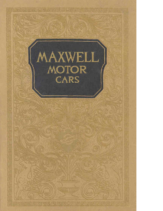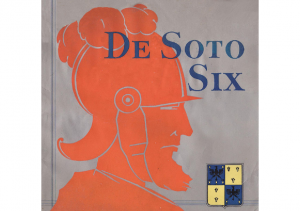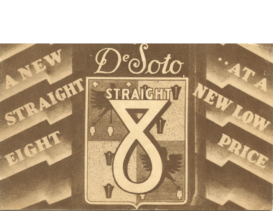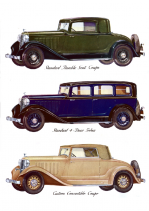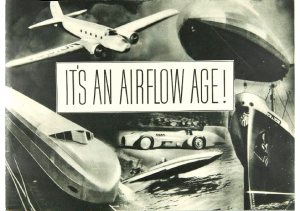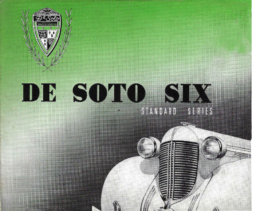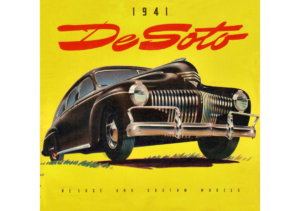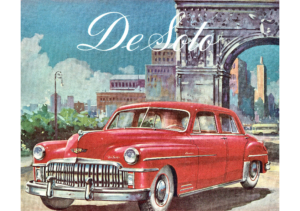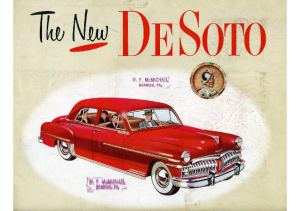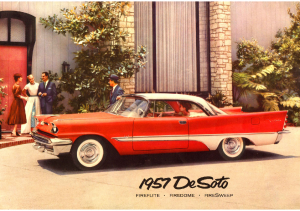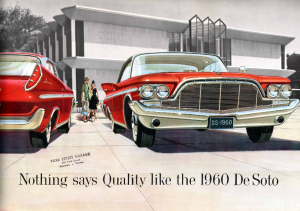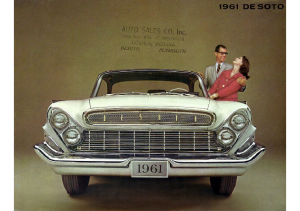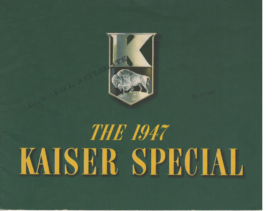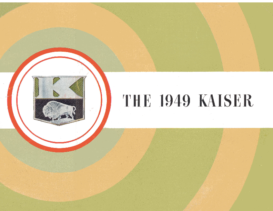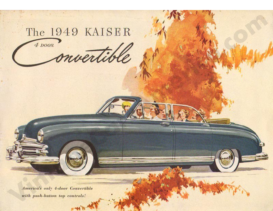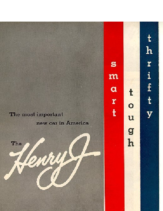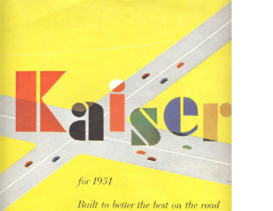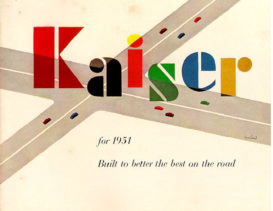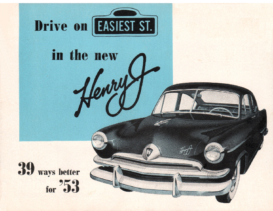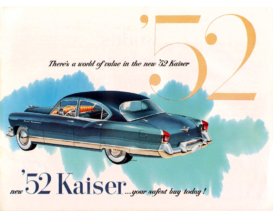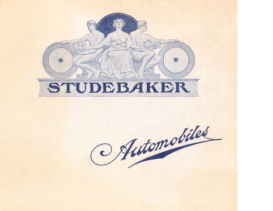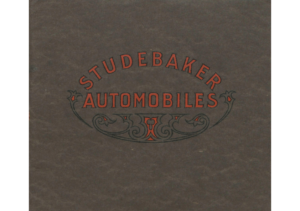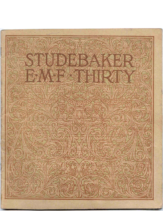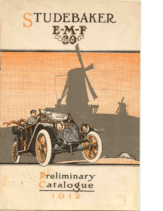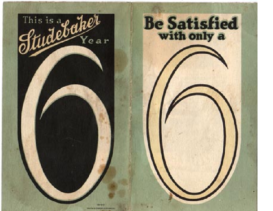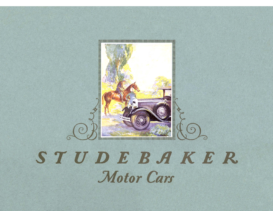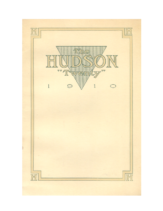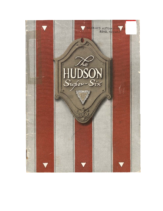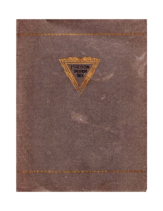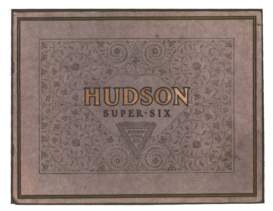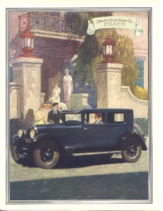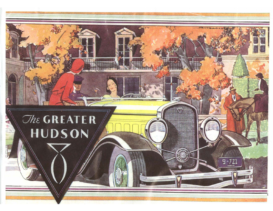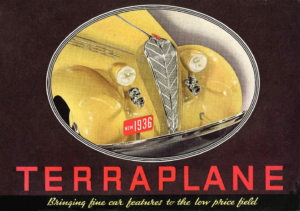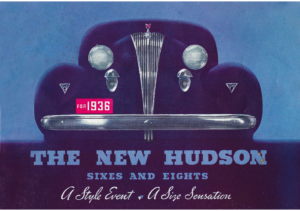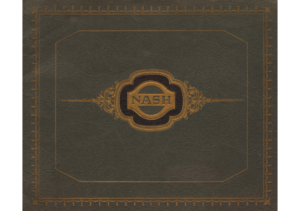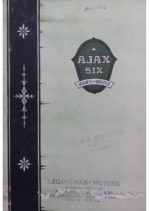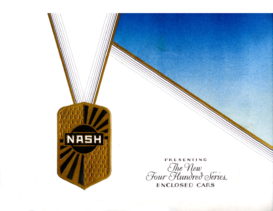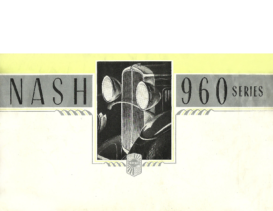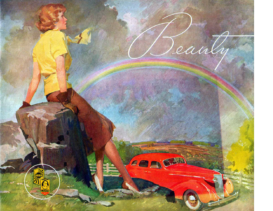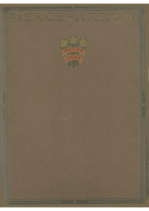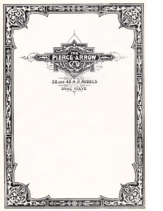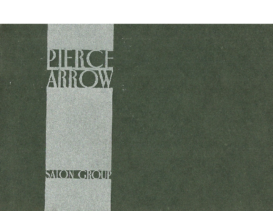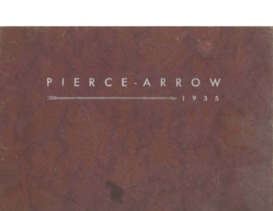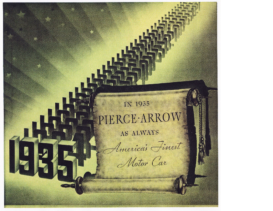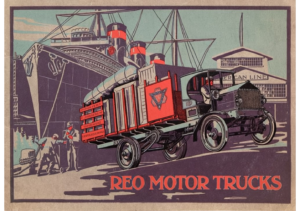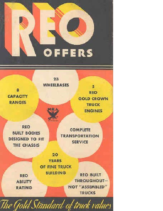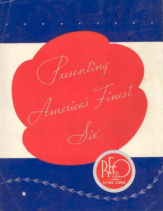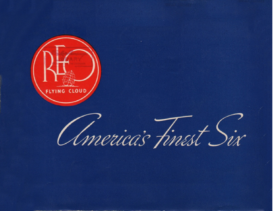Vintage Spotlight
Forgotten Legends: Vintage Car Manufacturers No Longer in Business
We are blowing the dust off these oldies but goodies this month at Dezo’s Garage.
The world of cars is full of amazing stories—some brands soared to fame, while others fizzled out too soon. While we still see names like Ford and Chevrolet on the road today, many once-iconic manufacturers have disappeared, leaving behind only their legendary cars and fascinating histories. Let’s take a ride down memory lane and check out some vintage car brands that are no longer in business but definitely not forgotten.
1. Duesenberg (1913-1937)
If you wanted to turn heads in the 1920s and 1930s, you drove a Duesenberg. Founded by brothers Fred and August Duesenberg, this brand was all about luxury and speed. Their Model J was the ultimate status symbol. Unfortunately, the Great Depression put the brakes on their success, and by 1937, Duesenberg was history.
2. Packard (1899-1958)
“Ask the man who owns one” was Packard’s famous slogan, and for good reason—these cars were top-notch. Competing with Cadillac and Lincoln, Packard was known for luxury and innovation. But after merging with Studebaker in 1954, things went downhill fast. By 1958, the Packard name was gone.
3. Tucker (1944-1950)
Preston Tucker had a vision for the future of cars, and in 1948, he brought it to life with the Tucker 48 (aka the “Tucker Torpedo”). It had features way ahead of its time, like a third headlight that turned with the steering wheel. Sadly, financial troubles and legal battles stalled production after only 51 cars were made.
4. National (1900-1924)
National was a big deal in early auto racing, even competing in the Indianapolis 500. Their luxury cars were high-quality, but like many early manufacturers, financial struggles caught up with them. By 1924, National was out of the game.
5. Maxwell (1904-1925)
Maxwell made solid, affordable cars and even got a comedic boost from radio star Jack Benny, who always joked about his old Maxwell. Despite decent sales, the company hit financial trouble and was eventually absorbed by Chrysler in 1925.
6. Pierce-Arrow (1901-1938)
Pierce-Arrow was the go-to car for presidents, royals, and the ultra-wealthy. Known for their elegant and high-performance vehicles, they couldn’t survive the financial strain of the 1930s and shut down in 1938.
7. REO (1905-1975)
Founded by Ransom E. Olds (yep, the guy behind Oldsmobile), REO built both cars and trucks. While their cars were well-liked, REO eventually focused on trucks before closing up shop in 1975.
8. DeSoto (1928-1961)
A division of Chrysler, DeSoto was all about style and innovation. They had a good run, but by the late ’50s, they were losing ground to other Chrysler brands. By 1961, DeSoto was no more.
9. Kaiser-Frazer (1945-1953)
After World War II, Kaiser-Frazer came onto the scene with fresh designs and affordable prices. They had some early success but couldn’t keep up with the “Big Three” automakers (Ford, GM, and Chrysler). By 1953, production in the U.S. had stopped.
10. Studebaker (1852-1967)
Studebaker started out making wagons before getting into the car business. They built some truly stylish and reliable rides, including the sleek Avanti. Unfortunately, financial troubles and tough competition led to their closure in 1967.
11. Hudson (1909-1954)
Hudson made a name for itself with sleek, innovative cars like the Terraplane and the legendary Hudson Hornet, which dominated early NASCAR races. But in 1954, Hudson merged with Nash to form American Motors Corporation (AMC), and the Hudson name disappeared.
12. Nash (1916-1954)
Nash was known for cutting-edge engineering and introducing features like seatbelts long before they were standard. When they merged with Hudson in 1954 to form AMC, the Nash name was phased out.
Conclusion
Even though these brands are long gone, their cars and legacies live on. Whether it’s a sleek Packard, a powerhouse Duesenberg, or a quirky Tucker, these vintage rides are still cherished by collectors and car enthusiasts alike. So, here’s to the forgotten legends—may they keep turning heads at car shows and on the open road! Enjoy the brochures that follow!

